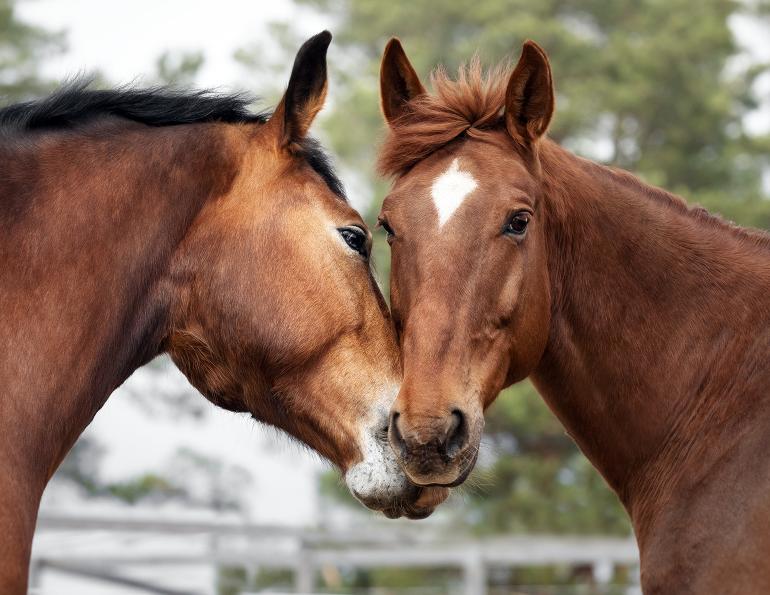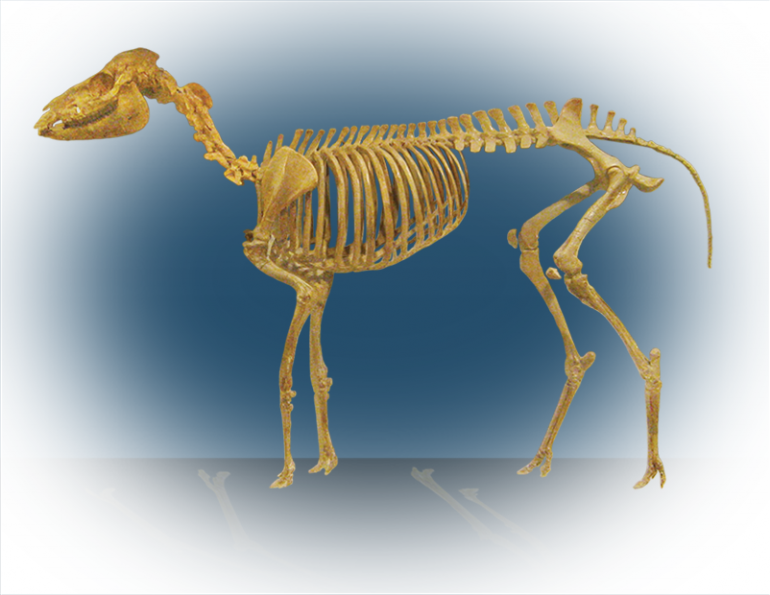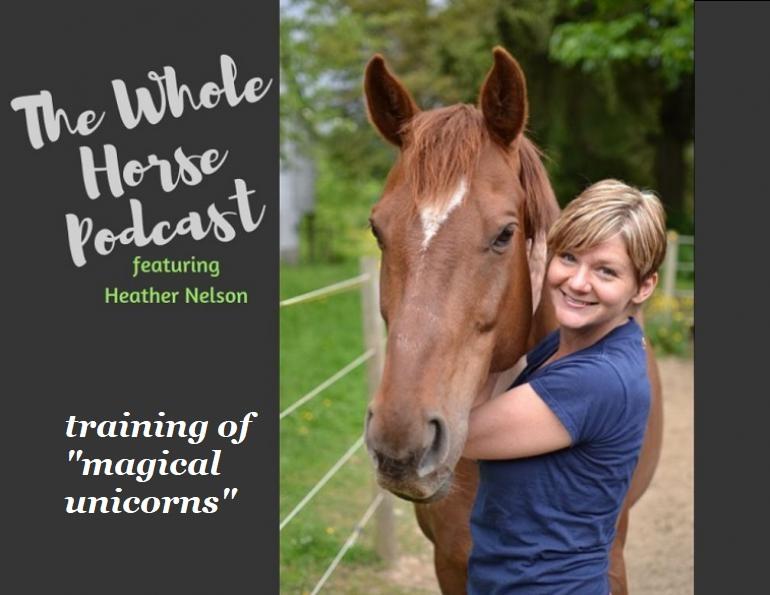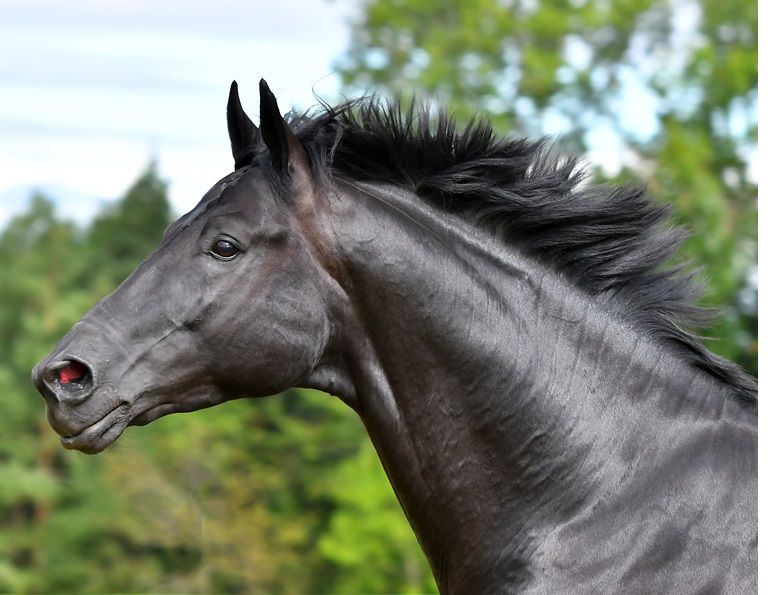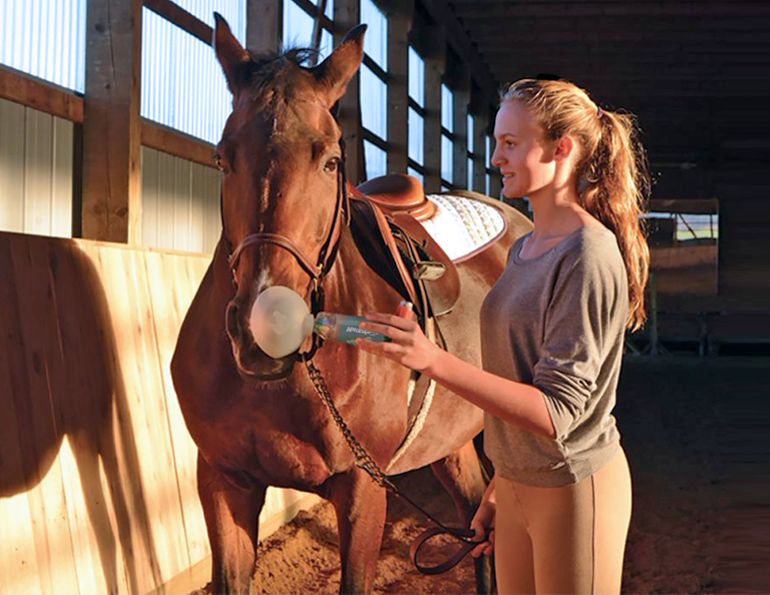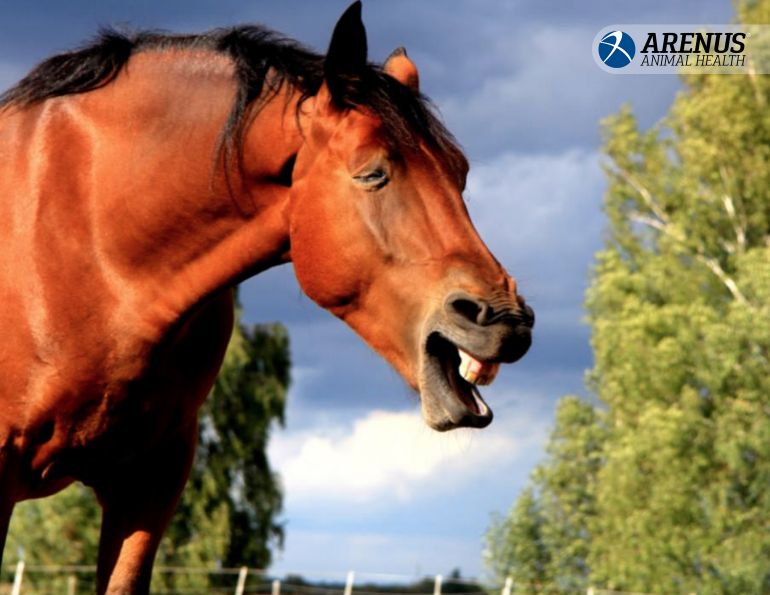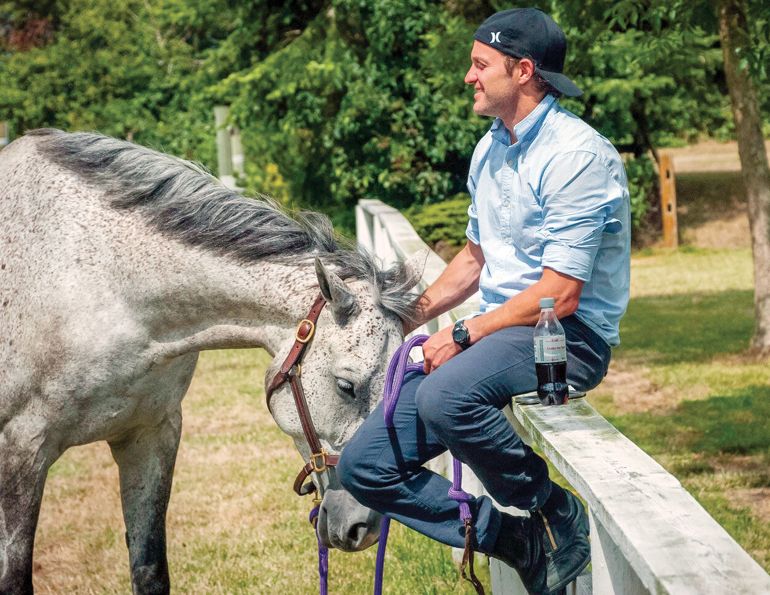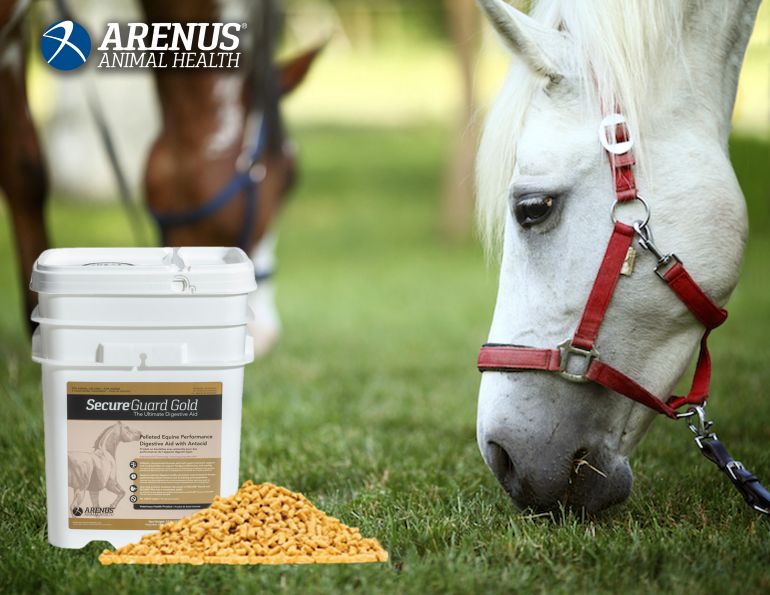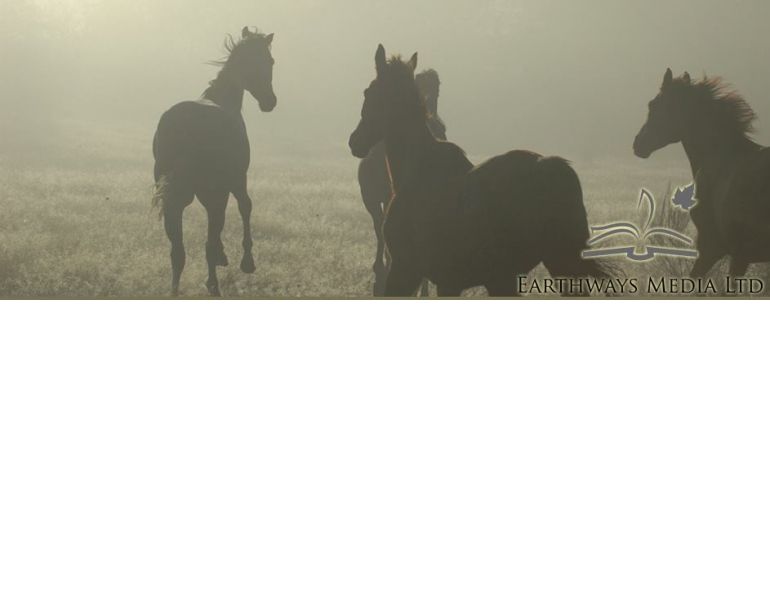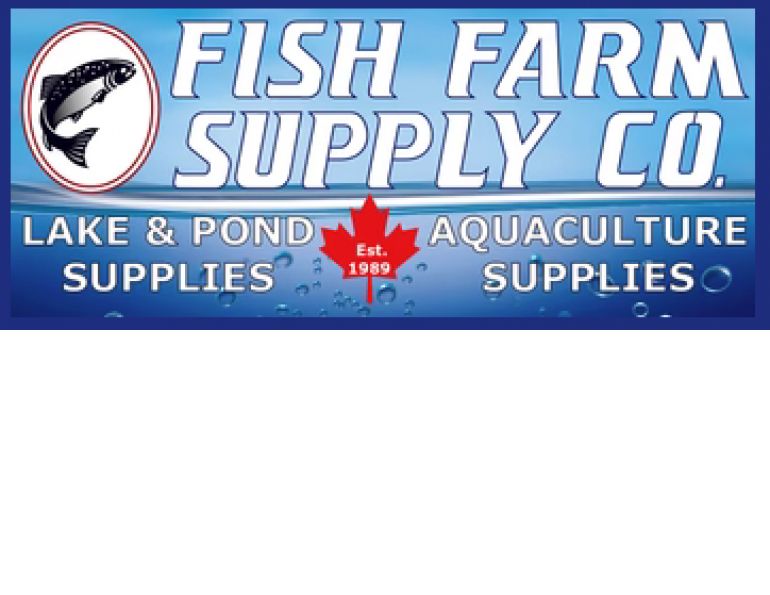Sponsored
Across Canada, owners, riders, farms, and horses continue to struggle with strangles, equine influenza, and equine herpesvirus myeloencephalopathy. Not only can these diseases be detrimental to horses’ health, but managing ill horses can stretch finances, shut down commercial operations, and be an emotional roller coaster for those involved.
In December 2023, Toronto Equestrian, which operates a riding school from the Horse Palace Building at Exhibition Grounds in Toronto, Ontario, closed their operations due to a strangles outbreak.
“We made the decision to shut the riding school down completely, isolate the horses that were sick, and protect the remainder of the herd,” says Sue Iwan, one of the owners of Toronto Equestrian. That shutdown has cost the operation over $100,000 in lost income, staff wages, and multiple $200 tests for 30 horses.
Strangles is prevalent across Canada but it’s not reportable and often remains under the radar.
“It’s famous for being a bit of a dirty secret. Nobody talks about it,” says Iwan.
“We don’t know where our strangles came from, but we know it doesn’t just happen and we’re not the only strangles outbreak in the province or country,” says Iwan, who believes that communication within the horse industry is needed. “We need to talk about it. Be open and transparent about it.”
Other diseases, such as equine infectious anemia (EIA), equine piroplasmosis, rabies, and vesicular stomatitis, must be reported to Canada Food Inspection Agency (CFIA). A positive identification of EIA by Coggins test requires that the horse be destroyed. This occurred in British Columbia in 2023. So, preventing these devastating illnesses is imperative. Biosecurity is key.
We’re all familiar with washing our hands, covering our mouths, and wearing masks to help prevent the spread of diseases such as COVID-19. Horses and stables need similar protection measures. Biosecurity means following policies that reduce the risk of disease by minimizing disease transmission and reducing the frequency and severity of diseases.
“Implementing strict biosecurity measures at active equine facilities, as well as competitions, is the best way to protect the health and welfare of Canada’s national herd from infectious disease,” states the Equestrian Canada (EC) website.
Biosecurity runs the gamut from having policies in place that protect individual horses to protecting a stable of horses via farm-specific policies. To assist, EC, CFIA, and Agriculture and Agri-Food Canada developed the National Farm and Facility Level Biosecurity Standard for the Equine Sector. Measures to consider include the following:
- Farm biosecurity plan. This includes identifying and creating management practices for horses arriving from elsewhere, plus daily care and management practices to reduce the spread of diseases, such as limiting nose-to-nose contact with new arrivals and separating horses by disease susceptibility.
- Herd health management. This includes vaccination and deworming requirements before a horse moves to the facility and everyday disinfection practices.
- Individual horse health. This includes regular veterinary care, recommended vaccinations, observing and responding to health changes, plus preventing unnecessary nose-to-nose meetings at horse events.
Every farm, barn, and individual horse owner should consider how best to incorporate biosecurity into everyday equine management. Plans, policies, and actions all work together to protect horses from preventable diseases and unnecessary downtime.
“All of our horses are vaccinated against strangles and we think that’s one of the reasons that we have not seen it run so rapidly,” says Iwan. “The vaccine will not prevent strangles but when they come into contact with it, they fight the disease more effectively or recover more quickly.”
Unfortunately, Sarah Davidson, a trail rider near Pincher Creek, Alberta is having a different experience. She decided not to vaccinate her two horses for strangles and when a visitor came to her farm from another barn that had a strangles case, her horses caught the disease. One of her horses has been under veterinary care for two months, has had two abscesses lanced, and is still receiving antibiotics. Fortunately, Davidson’s horses are expected to recover. But their illness has been costly financially, emotionally, and in time spent doctoring.
“Some hardships can be avoided through diligence and communication,” says Mike King, Director for Equine Insurance and Partner at Acera Insurance. Incorporating biosecurity measures plus sharing information about outbreaks within regional and provincial horse communities can help prevent disease and outbreaks from spreading.
“Insurers expect to lose horses to disease but it’s frustrating when horses become ill from controllable diseases,” says King.
Photo: iStock/Julia Siomuha



